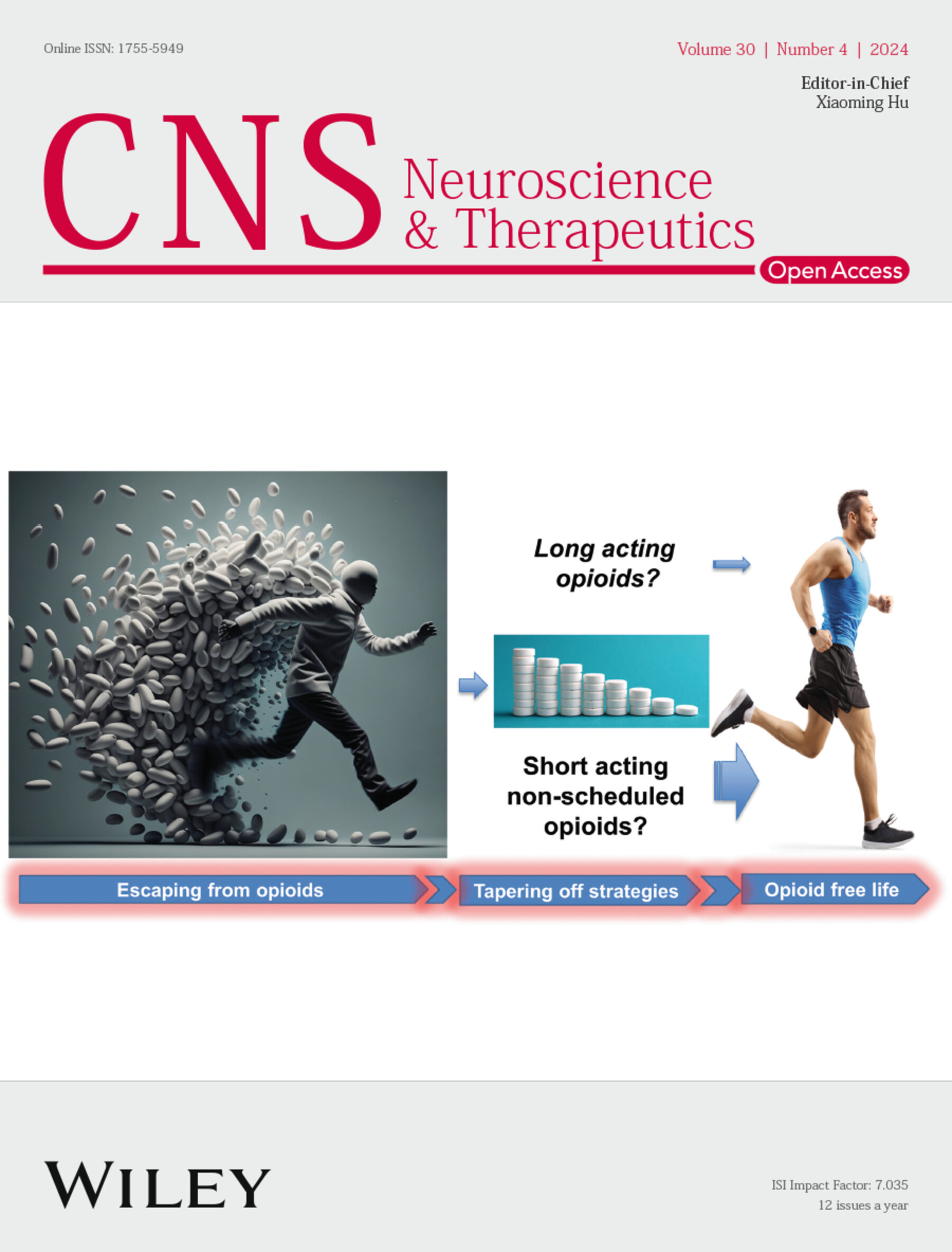Plasma Metabolites Link Non-Communicable Diseases to Increased White Matter Hyperintensities
Abstract
Aims
Cerebral small vessel disease (CSVD) and non-communicable diseases (NCDs) are major global health burdens. White matter hyperintensities (WMH) are a key imaging feature of CSVD, but the relationship between WMH and NCDs, especially the role of plasma metabolites in this association, remains unclear. This study aims to elucidate this link.
Methods
This study included participants with WMH from the UK Biobank cohort and examined the prevalence of 29 common NCDs in this population. General linear regression was used to analyze the association between NCDs and WMH. Propensity score matching and elastic net regression identified plasma metabolites associated with NCDs. Mediation analysis was conducted to explore the role of these metabolites in the association between NCDs and WMH.
Results
A total of 44,630 participants were included, of whom 47.0% were male. Approximately one-third of the participants had NCDs, with the most common being hypertension, dyslipidemia, and asthma. Compared to those without NCDs, the WMH volume in individuals with one or more comorbid NCDs was significantly increased by 18.43% to 68.15%. During a median follow-up of 9.5 years, individuals with hypertension, obstructive sleep apnea, and hypertension combined with coronary ischemic heart disease had significantly larger WMH volumes compared to those without NCDs, with increases of 30.81%, 36.44%, and 36.75%, respectively. Further analysis revealed that plasma metabolites associated with NCDs mediated this risk.
Conclusions
This study elucidated the association between WMH and NCDs, showing that common NCDs significantly increase WMH volume. Plasma metabolites associated with NCDs mediate this risk. This provides new insights into preventing WMH progression in individuals.


 求助内容:
求助内容: 应助结果提醒方式:
应助结果提醒方式:


